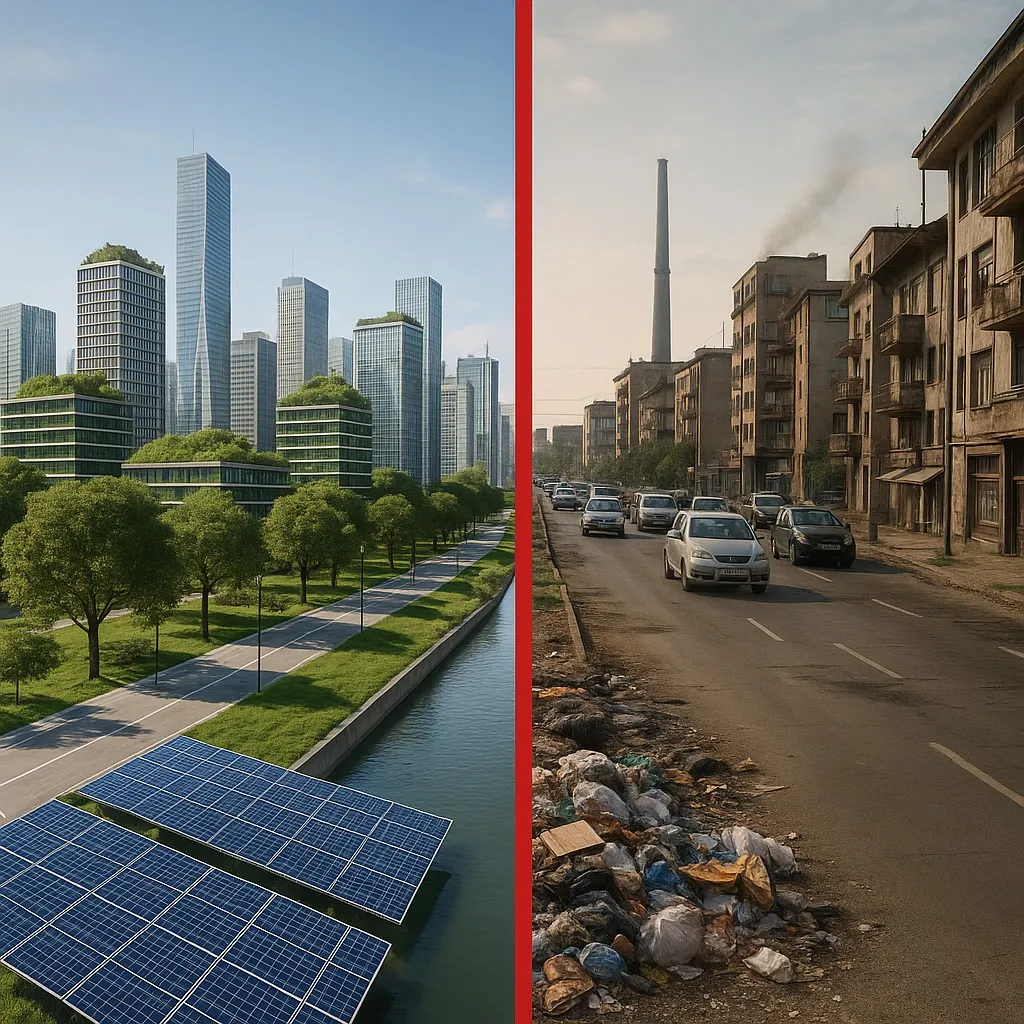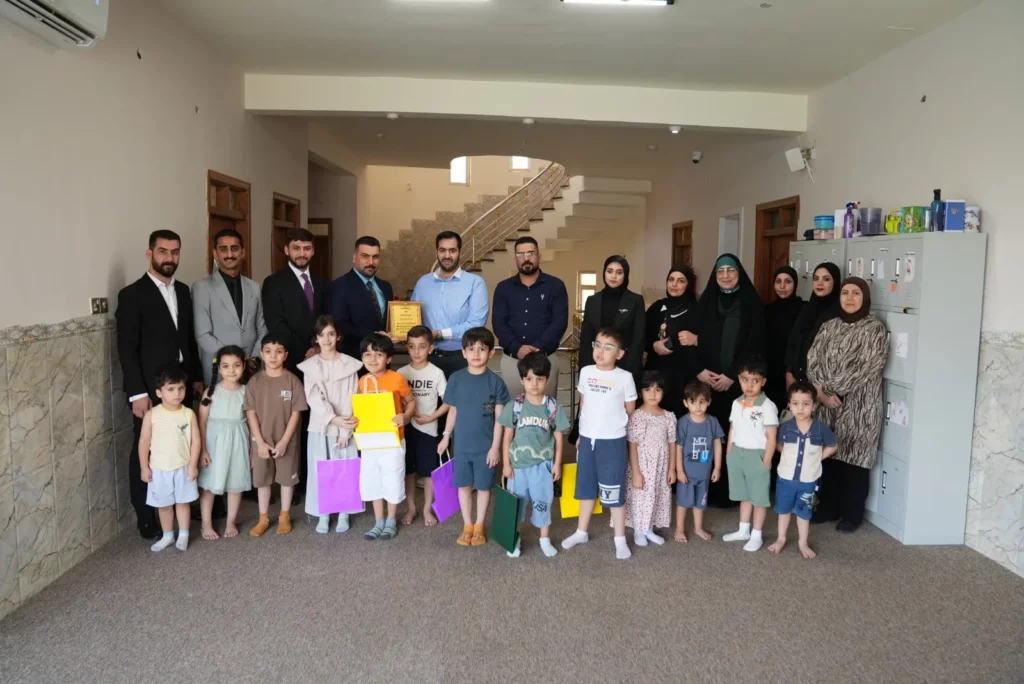Dr. Mohammed Ali Almayali – Editor-in-Chief
In an era marked by rapid environmental shifts and increasing pressure on infrastructure in major cities across the world, the concept of sustainability is no longer a luxury or an elite environmental slogan. It has become a pressing necessity—driven by climate change, health risks, economic demands, and even urban security.
Urban sustainability refers to the ability of a city to continue meeting the needs of its residents without depleting its resources, upsetting its ecological balance, or neglecting the rights of future generations. In simple terms, it means: a city that is livable today… and tomorrow.
Against this backdrop, the model of the sustainable city has emerged as a leading approach adopted by governments and communities around the world, ensuring quality of life while reducing the harmful impacts of chaotic growth, and building a balanced relationship between people and their urban environment.
What Is a Sustainable City?
A sustainable city is one governed by a holistic vision built on three core pillars:
- Balanced economic development
- Effective environmental protection
- Social equity in access to resources and services
It is not a rigid template, but rather a flexible framework that can be applied to any city, provided there is political will, long-term planning, and active community engagement.
Key Features of a Sustainable City
Sustainable cities typically share several defining characteristics that support long-term livability and resilience:
• Smart Urban Planning
Land is used efficiently, urban sprawl is limited, and residential areas are linked to essential services, public transit, and public spaces through a cohesive layout.
• Sustainable Public Transportation
Electric buses, light rail, and cycling infrastructure reduce air pollution and traffic congestion, while making mobility cleaner and more inclusive.
• Renewable Energy
Reliance on solar or wind energy reduces dependence on fossil fuels and strengthens energy security.
• Integrated Waste and Water Management
Recycling, waste separation at source, and sewage treatment are essential to conserving resources and reducing environmental impact.
• Green Spaces
Public parks, walkways, and green rooftops help lower urban heat, improve air quality, and enhance mental and physical well-being.
• Participatory Governance
Citizens are empowered to contribute to neighborhood planning and service prioritization, ensuring transparency and civic inclusion.
Why Do We Need Sustainable Cities?
The importance of sustainability lies in its far-reaching impact on nearly every aspect of urban life:
• Public Health: Cleaner air and water reduce respiratory and cardiovascular illnesses and improve overall quality of life.
• Urban Economy: Sustainable cities consume fewer resources, create green jobs, and reduce long-term operational costs.
• Social Justice: Equal access to services and opportunities fosters inclusion and social cohesion.
• Climate Resilience: Green cities mitigate the effects of floods, heatwaves, and desertification.
• Urban Stability: Sustainable cities are more adaptable in times of crisis—whether environmental, economic, or health-related.
🇮🇶 Iraqi Cities: Between Challenges and Opportunity
Cities in Iraq—from Baghdad to Basra—face significant, long-standing challenges due to decades of conflict, neglect, and unregulated expansion. These include:
• Deteriorating infrastructure
• Uncontrolled urban sprawl
• High levels of air and water pollution
• A lack of efficient public transportation systems
• Heavy reliance on fossil fuel-based electricity and generators
Yet Iraq also possesses unique opportunities for sustainable transformation, such as:
• Abundant sunlight ideal for solar energy
• Water resources that can be preserved through better management
• A young population ready to lead environmental innovation
• Growing international support for clean energy and green infrastructure in the region
How Can Iraqi Cities Become More Sustainable?
A successful transition to sustainability requires a national strategy and coordinated action on multiple levels, including:
- Modernizing water and sewage systems, introducing advanced treatment technologies
- Installing solar energy systems in schools, hospitals, and public buildings
- Launching sustainable public transportation projects in major cities
- Creating urban green belts to combat desertification and lower city temperatures
- Updating building codes to enforce energy-saving and eco-friendly standards
- Encouraging green entrepreneurship among youth and women
- Empowering civil society to participate in environmental monitoring and awareness campaigns
Conclusion: Cities Are the Gateways to the Future
Sustainability is no longer a deferred choice.
It is the foundation upon which our cities must be rebuilt to ensure health, justice, resilience, and prosperity.
The cities we build today will shape how we live tomorrow—
and the decision to move toward sustainability… must begin now.





